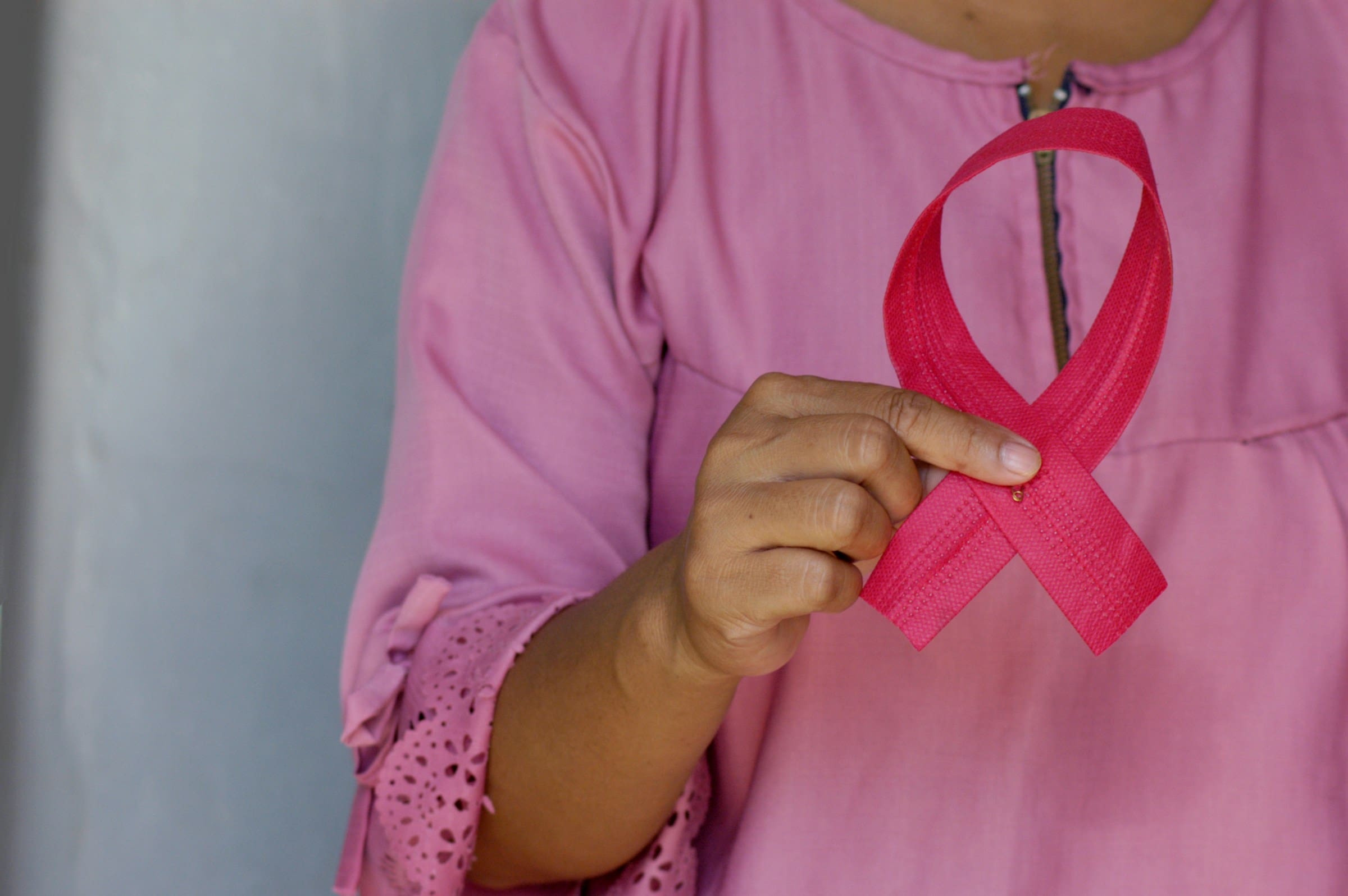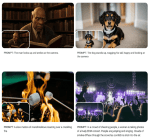In-Short
- AI tool Mia detects cancer signs missed by human radiologists in NHS pilot.
- Mia analyzed over 10,000 mammograms, identifying all cancer cases plus 11 missed by doctors.
- The AI demonstrated 81.6% accuracy in predicting cancer presence.
- Future development aims to predict treatment side effects and personalize patient care.
Summary of the AI Tool’s Impact on Cancer Detection
An innovative AI tool named Mia has made a significant breakthrough in cancer detection during a pilot with NHS clinicians in the UK. By examining mammograms from over 10,000 women, Mia not only identified all participants with breast cancer symptoms but also discovered 11 additional cases that had been overlooked by human radiologists.
Trained on a dataset of more than 6,000 previous breast cancer cases, Mia’s learning algorithm has been fine-tuned to detect the nuanced patterns indicative of malignant tumors. Its predictive capabilities were impressive, with an 81.6% accuracy rate in identifying cancer and a 72.9% success rate in ruling it out.
Given that breast cancer is the most prevalent cancer among women globally, early detection and treatment are crucial for improving survival rates. However, treatments often come with severe side effects. To address this, researchers are enhancing Mia to forecast the likelihood of side effects like lymphoedema up to three years post-treatment, potentially leading to more personalized and supportive care for patients at higher risk.
The next phase involves a clinical trial named Pre-Act, which will enroll 780 breast cancer patients to validate the AI’s risk prediction model over two years. The ultimate objective is to develop an AI system capable of providing a comprehensive evaluation of a patient’s prognosis and treatment requirements.
Conclusion and Further Reading
For more detailed insights into this groundbreaking AI tool and its potential to revolutionize cancer care, please visit the original source.
Footnotes
Image Credit: Angiola Harry on Unsplash










